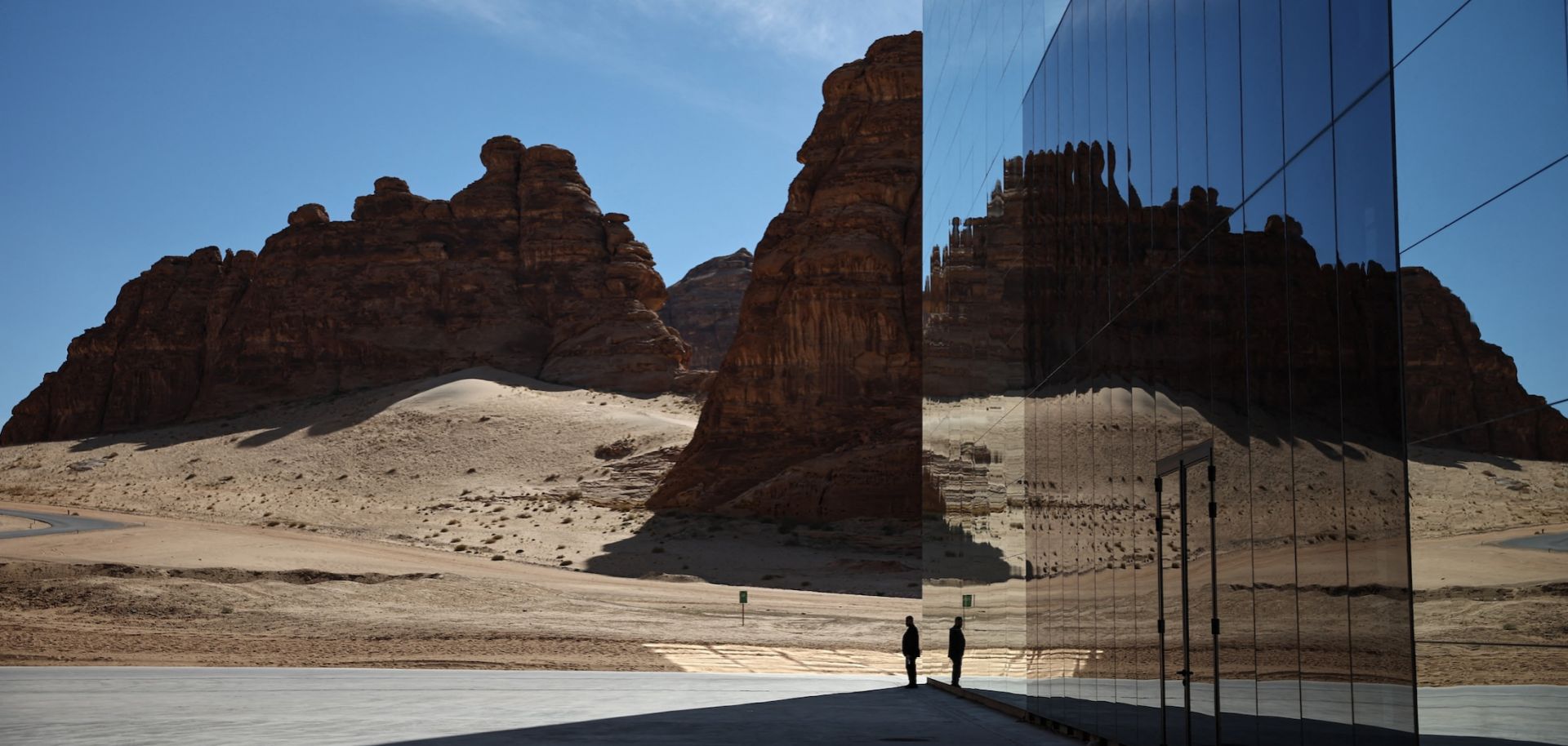Climate change is emerging as a major obstacle to Saudi Arabia's already challenged model for economic transformation, Vision 2030. The costs of this challenge are becoming overt: during the 2024 Hajj season, over 1,300 pilgrims reportedly died of heat exhaustion in Mecca as a heat wave reaching 125 degrees Fahrenheit, or 50 degrees Celsius, baked the region. This deadly incident is part of a wider trend, one that goes beyond the Hajj to every corner of the country, which must be watered, cooled and hardened against increasingly erratic weather patterns. These measures do not come cheap, and it is the economic costs of climate change, even more than the deaths, that challenge Saudi Arabia and its economic transformation. So who is to pay? The short answer is the Saudi state -- for now. But eventually, the government will push the cost of climate change onto the country's political have-nots, widening...


